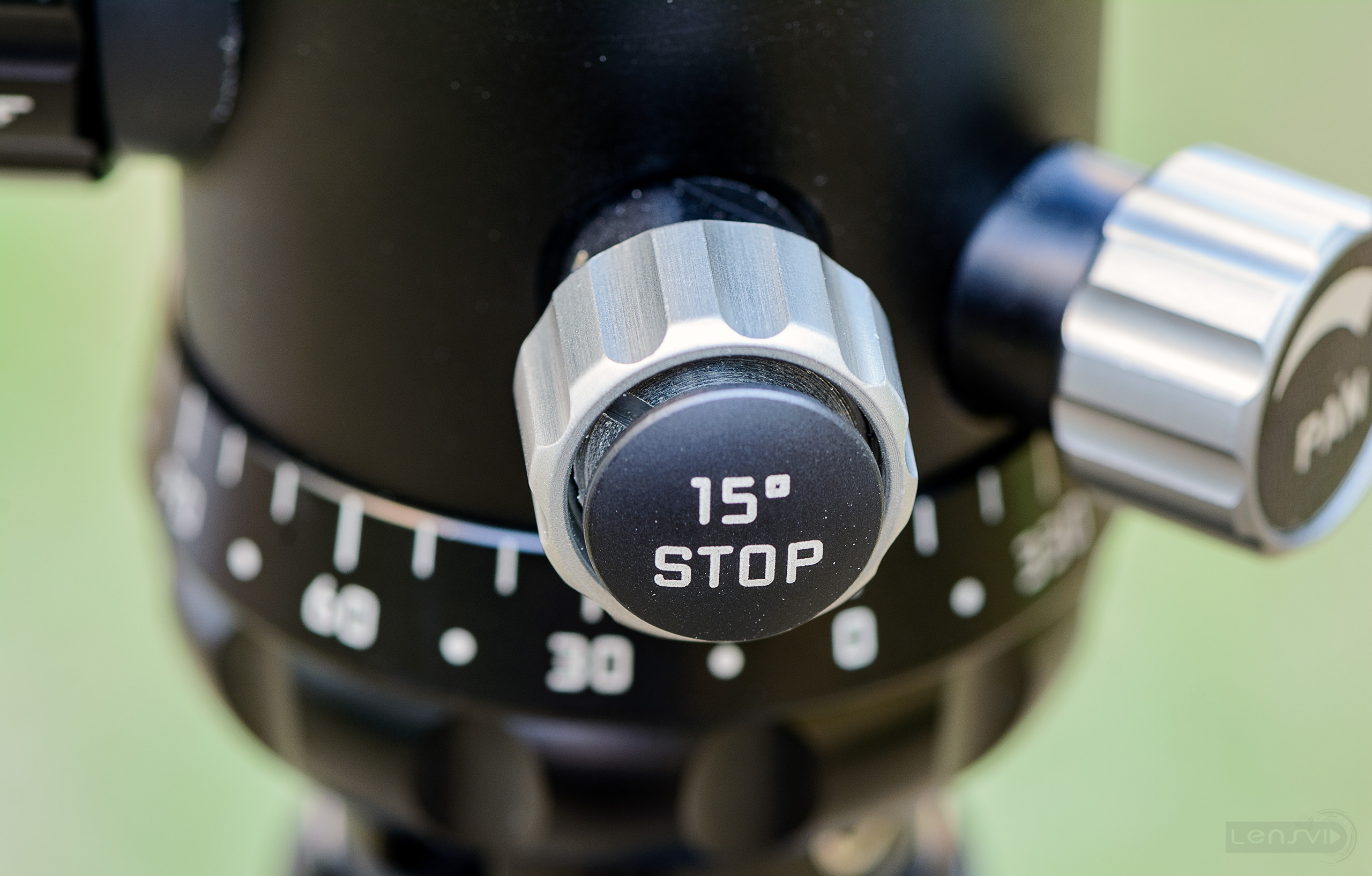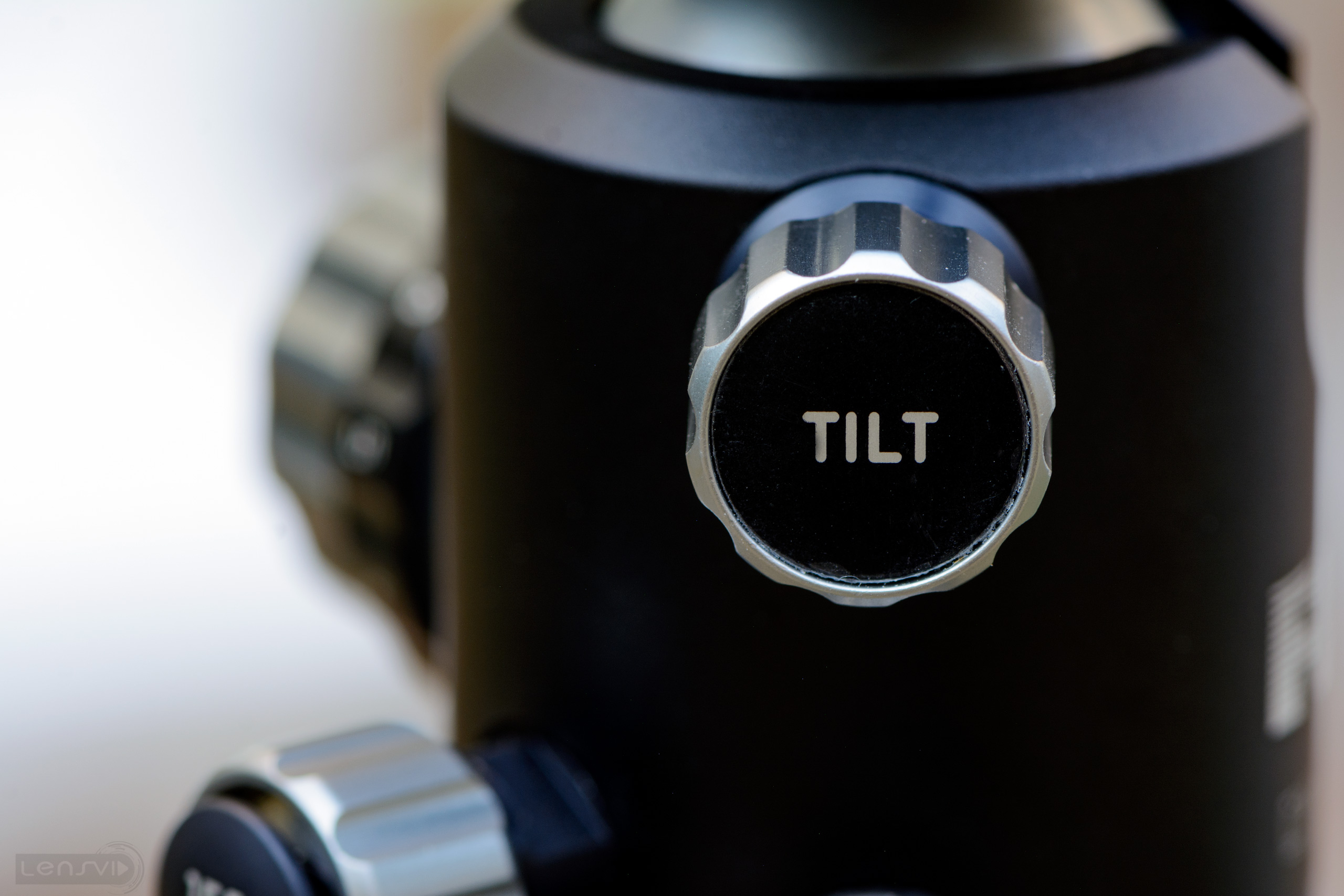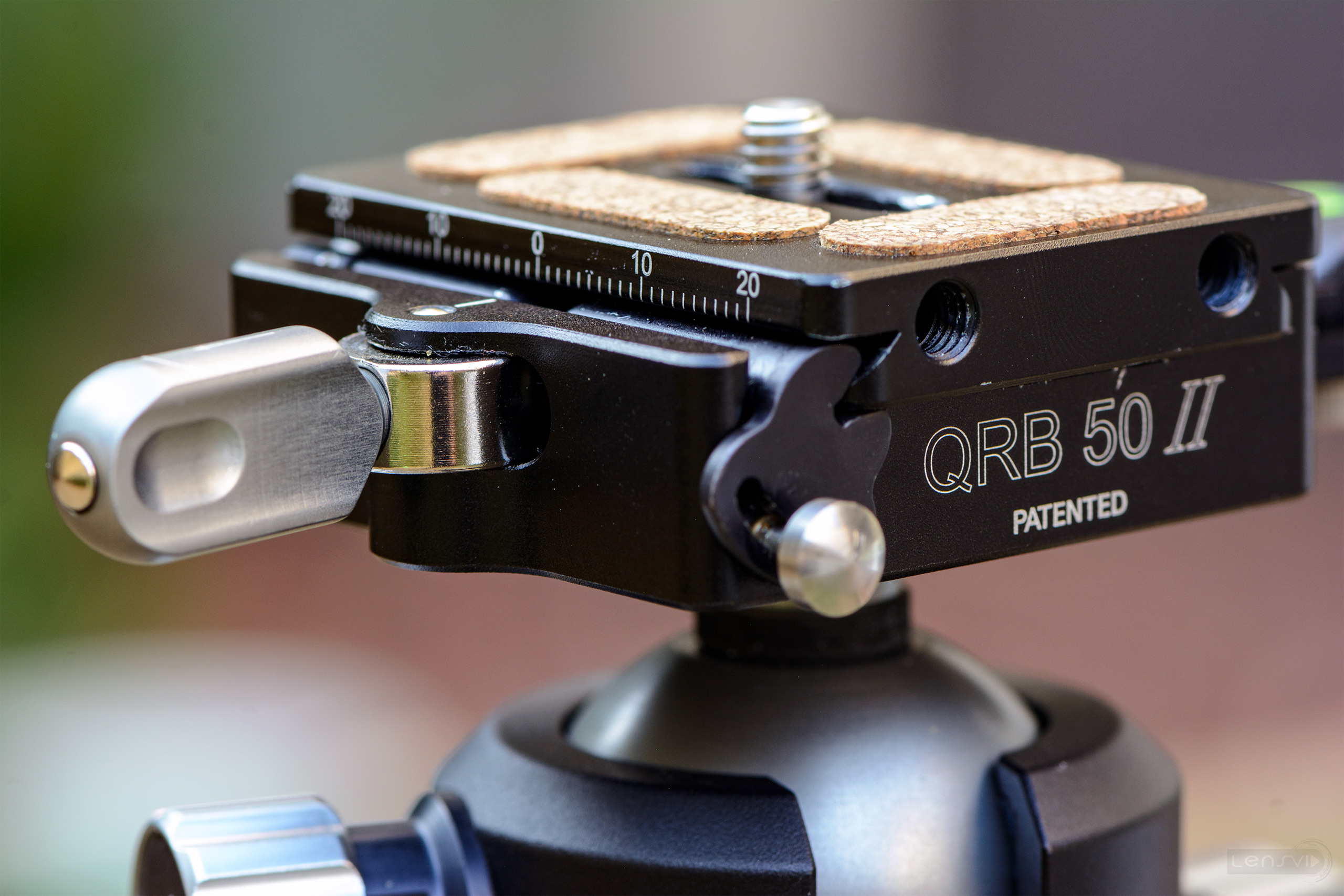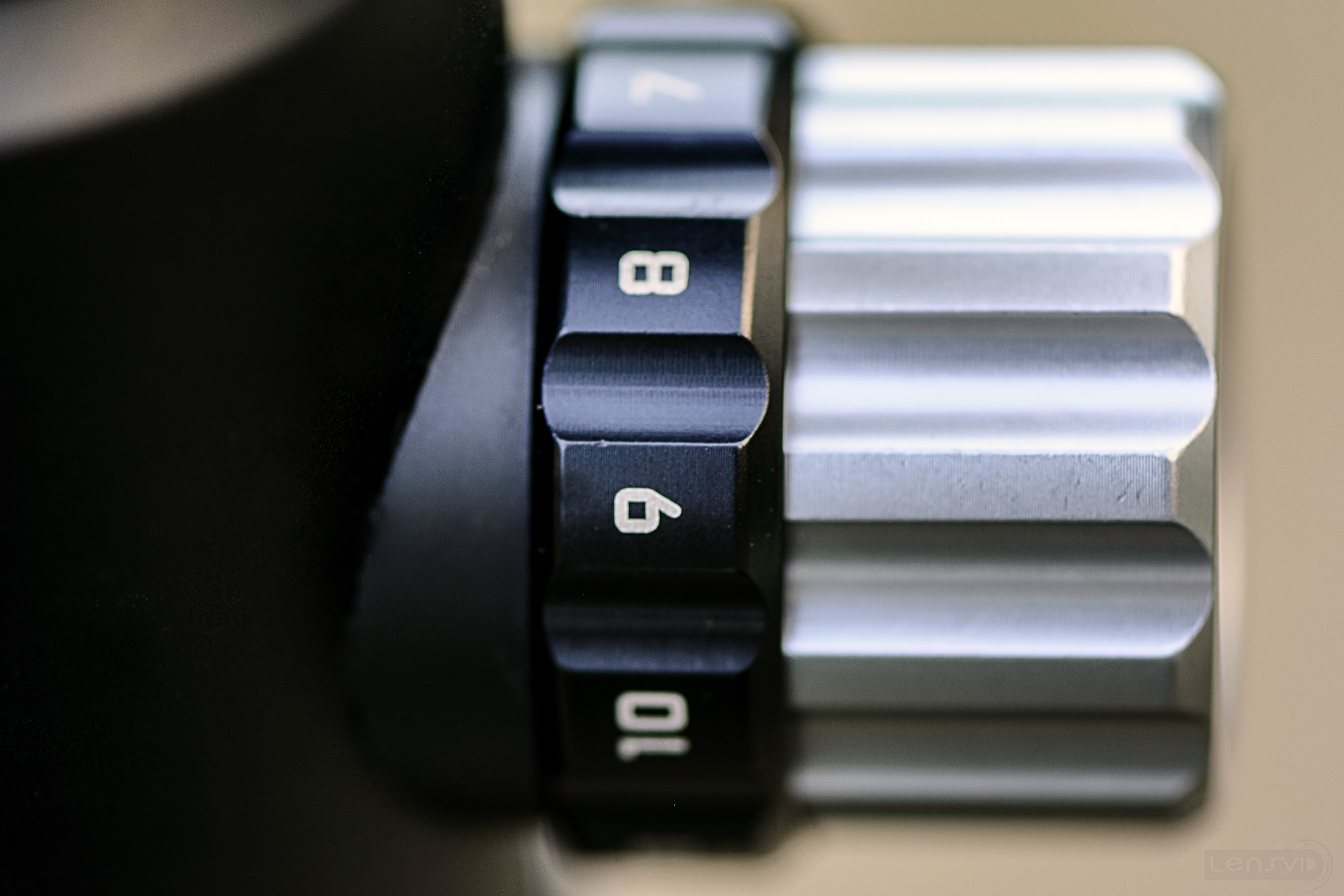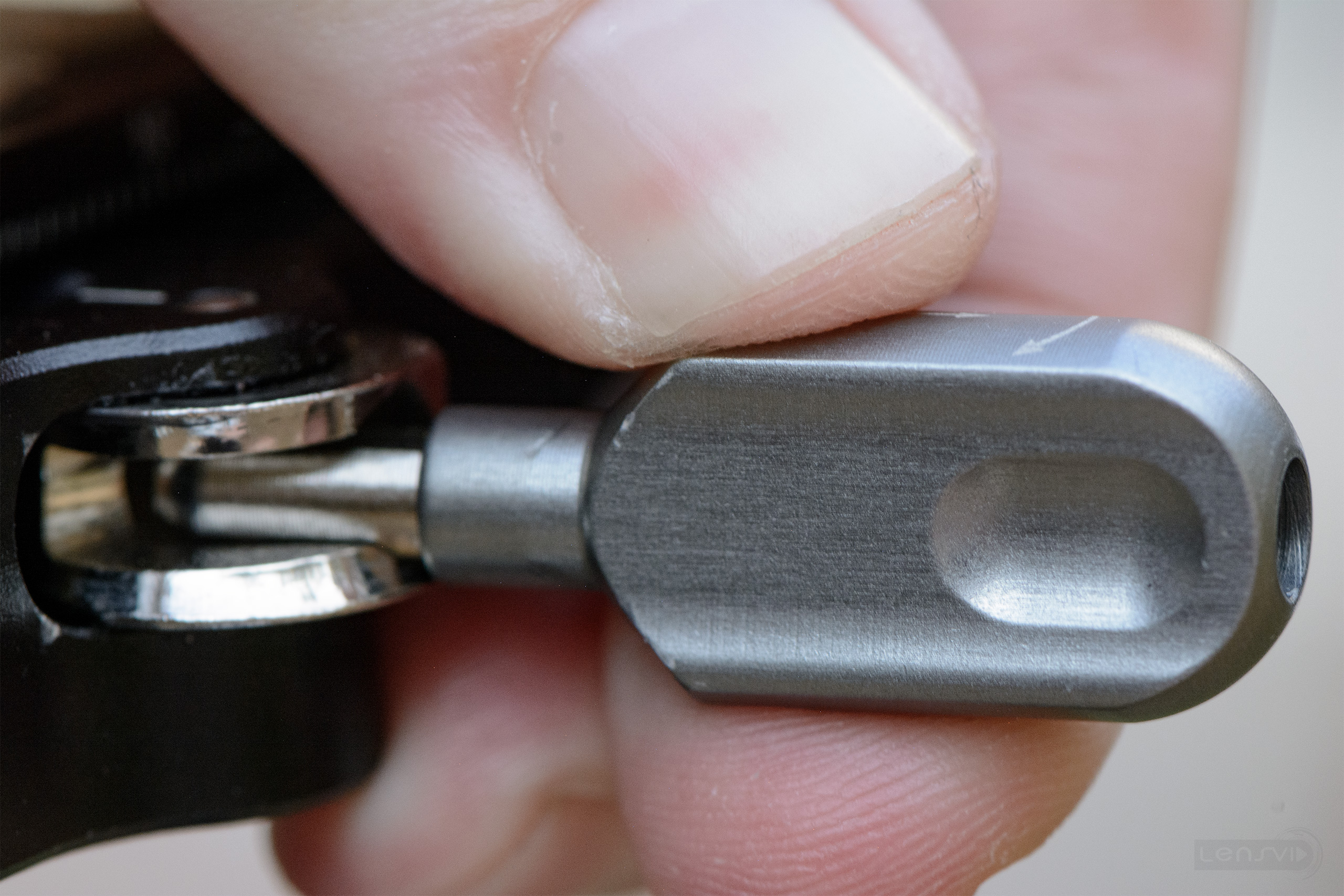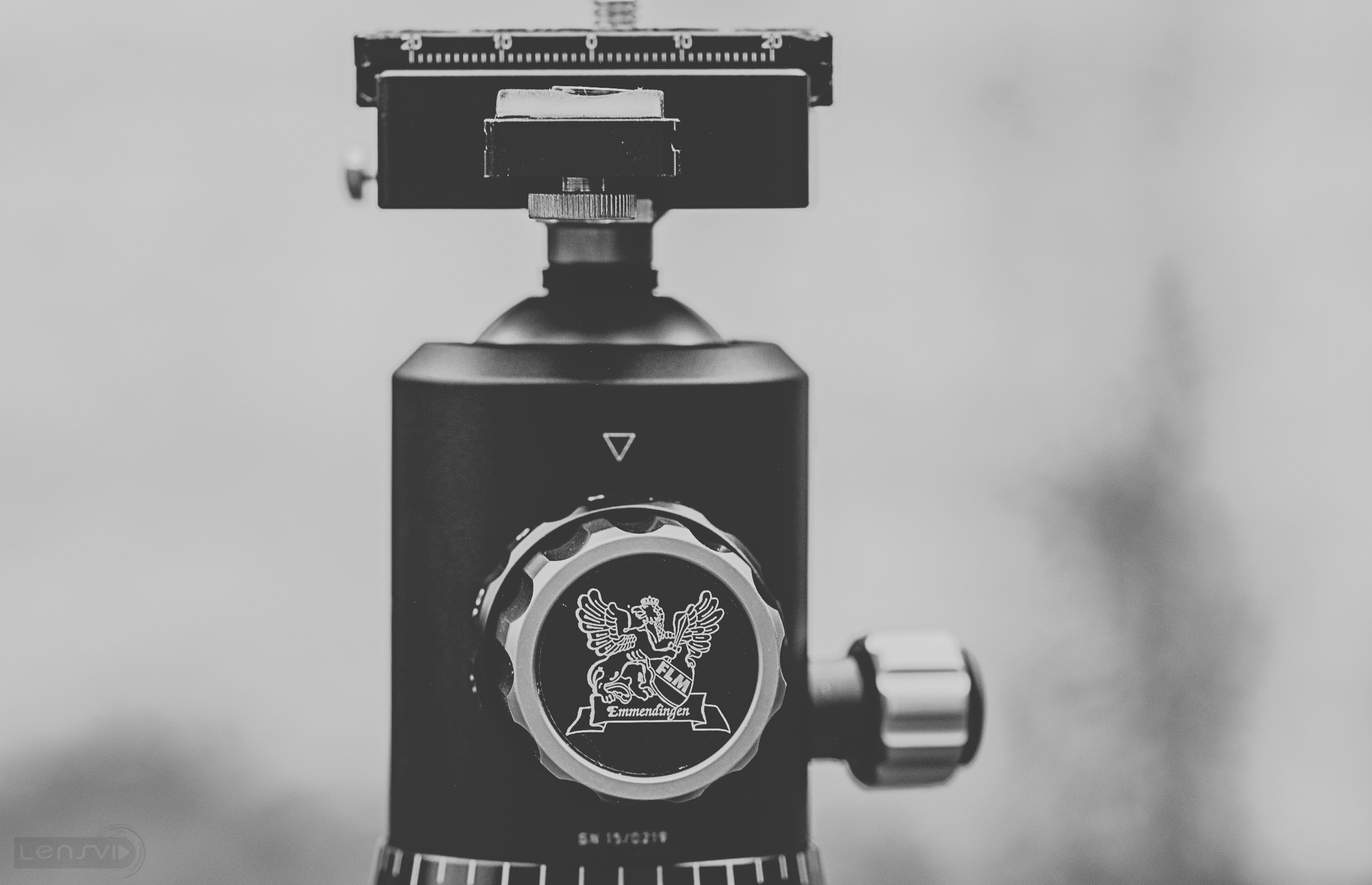Today we continue our tripods and heads review series with the first look at a high-end product from the German manufacturer FLM which is the CB-38FT II ballhead – so let’s see what this innovative product can do.
Intro and a bit of Background
So first a little bit of background. There are a small number of high-end premium manufacturers of both tripods and heads. Maybe the oldest and most well known is Gitzo, originally from France (but now made in Italy as part of the Vitec group which also includes Manfrotto) the company has been making high-end products for a century now. Really Right Stuff is probably the second most well known high-end tripod and head manufacturer and it is a family manufacturer from California.
Just like RRS, FLM is also a premium high-end family manufacturer but they come from Germany where they have been manufacturing all of their products for over 20 years.
FLM – 20 years of excellence
The company has been going through some internal changes which is why we are currently testing only the CB-38 head and not one of the company’s (very interesting) tripods which we are hoping to look at later this year after production will restart.
FLM has quite a few heads in its lineup, ranging in ball diameter from a small simple 18mm heads to a sophisticated giant 58mm behemoth that can hold up to 60kg (or 132 pounds).
The CB38 as the name suggests is somewhere in between with a 38mm ball diameter and a max load of 25kg (or 55 pounds) which is considered fairly high for the ball size. The specific version that we are testing is called CB-38 FTII and it has all the special functions that FLM developed, which we shall demonstrate shall discuss in this article (and show in the video above).
Mid size ballhead with advanced features
Build quality
Let’s start with the build quality of the head, and as you would expect from a high-end manufacturer which does all of the actual manufacturing in a small town in south-western Germany, it is very impressive. Everything feels very solid and smooth (if you set it correctly of course). The unit is not super heavy but isn’t light for its size at a bit above 0.5kg (or around 20 ounces) with the plate (on the video the plate was not on the head).
In terms of general design we simply love the grooved knobs, they are both beautiful and very comfortable to hold and turn – much better than the normal rubber design of most ballheads. We also believe that they are better for use with gloves in the winter although we are currently using the head in the middle of a scorching summer so it is hard to tell. It is possible that since these are metal knobs they will be a bit cold to handle without gloves if it is very cold – but again we didn’t have a chance to test them in these conditions.
The unit does have a lot of knobs, actually more than any ballhead that we have ever tested. Let’s go over them one by one. At the bottom of the unit we have the pan knob which is very smooth but this is quite common these days on most ballheads, even at much lower price ranges. You also get very clear angle markings although for some reason FLM placed the arrow between two knobs and not in the center making it a bit hard to see.
The second knob from the bottom is a very special one – it is marked on our version of the head as “15 degree stops” and this is exactly what it does – turning it all the way clockwise will change the pan smooth motion into a click by click movement in 15-degree angle increments. This can be useful for stitching panoramas (although to be honest Photoshop and other stitching software are also doing a very good job at this these days).
A useful 15 degree stops knob for panoramas
The upper of the three smaller knobs control the tilt of the ballhead and according to FLM this is the most innovative design feature of the CB-38FT II. What the tilt knob does is to lock the ballhead on all sides apart from a single (vertical) axis. We shall talk about it more in a second.
Tilt function
Next we have the very sophisticated patented locking and friction mechanism. The main locking knob includes a secondary black friction wheel and together they allow the user to set and recall any desired friction level. Will gave you a demo of how this mechanism works (in the video) and talk about how it works in detail in a second.
Moving on to the quick release – we received the head with FLM’s QRB-50 II patented quick release base. This is a propriety mechanism which requires a special plate by FLM so you will not be able to use your own arca-swiss type plates with this system.
However, if you prefer you can either get it with a more conventional arca-swiss compatible system or with no QR system at all. Just remember that if you get the FLM base you will also not be able to switch the quick release base yourself and you will need to send the head to the manufacturer for a refit, so we suggest picking your base carefully.
FLM’s QRB-50 II patented quick release base
Finally you can buy a small additional bubble level that connects with a small arm with an interesting looking metal star screw on the bottom. This is nice and very functional but you do need to purchase it separately (not super cheap compared to a tiny bubble level that you place in the cold show of your camera for example) so maybe a more conventional bubble level on the side of the head could have been a simpler (and cheaper) solution.
How to use and our experience
So let’s see how to use some of the more advanced functions of the head. We have already shown you the pan and special 15 degree stop clicking mechanism of the CB38 so let’s talk about the tilt mechanism. When we first learned about this system, before we received the head, we thought that this turns the head into a sort of a 3 way ballhead where you have the option to control the ball on all 3 axes. Well you don’t.
What you do get is the ability to place the head at any angle that you want and then turn the tilt knob clockwise and have the head move vertically along this virtual line. You can of course still pan the head so you do have quite a few options but this is by no means a 3-way ballhead. It does work well but we have yet to find a true use for this innovative feature but we have a feeling that we shall find one with a bit more time.
Moving over to the main locking knob and friction mechanism with what FLM calls “memory lock”, this is the most complex part of the CB-38 and even after reading the instructions twice we had to watch an instructional FLM video to really get the hang of it.
The ballhead locking knob (silver) and friction mechanism (black)
To make a long story short, we demonstrated to you (in the video) how it works and what you need to do. First, you need to loosen the inner (black numbered ring) counterclockwise all the way and then do the same with the outer (silver) knob. Now that it is loose, turn the silvered knob clockwise until you set the friction of the ballhead to the desired level. To save this level to the so-called “memory of the ballhead” – turn the black numbered ring clockwise all the way.
Now that the ball friction level you choose is set in memory, you can lock the ball by turning the silver knob clockwise all the way. You can now open and close the silvered knob, and by turning it counterclockwise all the way – you can retain your set friction. You can of course re-do this entire process over and over and each time set a different friction levels.
We have to say that when the head is locked you have zero down-drag (which you sometimes get with lower end ballheads after you finish locking the ball – especially with heavier cameras/lenses), this is very annoying when it happens with other heads, but the CB-38 work great in this respect.
What we don’t like about the CB-38 friction mechanism – at least as far as we understand the ballhead workings, is that if for some reason you want to have a friction level that is looser than the one you set to memory – you can’t – but we need to talk to FLM about this, as there might be something that we are missing here.
The QRB 50 II quick-release mechanism is another special FLM patented system. Initially, it took us quite a bit of time to understand how it works but once we got the idea it is actually pretty simple to use.
Let’s start with the plate off – you place it on top of the base and press the plate down with a bit of force – you hear a click. Now the plate is in, and will not fall, but you still need to lock it down. To do that push the lever forward, pull it to the side, and then back. The plate is now locked.
Pull the handle to lock the plate
To dismount the plate, push the lever forward until you hear a click and without pulling the lever to the side, push it backward. The plate is now free but will not release until you push the front bottom and pull the plate upwards.
This might sound complex (and it did took us some time to master), but actually, after a while, you can do this pretty quickly.
There are two major drawbacks to the FLM quick release system in our opinion. One is clear – this is a propriety system with proprietary plates – if you lose a plate (which we almost did a couple of times), the ballhead is useless until you buy another FLM plate which is far less common than arca-swiss style plates which you can get in almost any self-respecting photo store and basically everywhere online.
The second problem is that just like arca-swiss systems and despite the thought that FLM put into designing this quick release, you still need two hands to operate it, this is unlike our favorite system – the Manfrotto RC2 which you can mount and dismount with just one hand very easily and without being very accurate – making it the only true universal QUICK release system – in our view at least.
Another small but annoying issue with the FLM quick release is the fact that the plate has a 1/4″ 20 screw which requires the use of a screwdriver or coin to connect the camera, and unlike other plates can’t be changed to have a d-ring for quick tightening due to the design of the bottom section of the plate.
FLM’s plate – no D-ring
At the end of the day if we needed to choose we would probably get the head with no quick release system at all and just mount an RC2 system instead, but this is a personal preference and if you are willing to invest in the FLM system, you could find that it works better for you and FLM does offer different types of plates including L shaped ones.
We have used the FLM CB38 for over a month for both indoor shooting and outdoor, mostly for stills but also for some video. We loved the build quality and the feeling of the knobs which is unique and very tactile. The ball itself has a very large range of friction levels – from completely loose to very stiff which is very useful. The panorama mode is cool and functions well and the tilt is indeed very unique although we have yet to find a true use for it, but maybe until our FLM tripod review, we shall find one.
The only mechanism which still feels a bit overly complex to us even after a month of use is the friction control. As we noted in the previous review of the Genesis C3 tripod and head, the friction mechanism that we would really like to see is a simple knob for lock/unlock and a separate knob with numbers that set the friction – just like many fluid heads have.
Conclusion
The CB-38FT II is a work of art. Both from an aesthetic point of view (dare we say it’s beautiful?), craftsmanship wise, but also in terms of innovation. Let’s face it – there are quite a few premium ballheads around. FLM understands this and therefore they decided not only to invest in very high build quality and design but also to innovate, and being able to do this successfully with so much competition in the market is an accomplishment all on its own.
But being innovative isn’t enough of course. You need to introduce innovations that really bring additional value to the customer and the 15-degree angle clicking panorama mechanism and to some degree, the special tilt mechanism of the CB-38 certainly qualifies in this respect. As for the special friction control system FLM integrated into the ballhead, although we can see the value of this system for some users, we would personally still prefer a simpler mechanism with a separately numbered knob for friction just like we have mentioned before.
Talking about drawbacks, we feel that the only real one is that all this innovation comes at a cost (no we are not talking about money – although we would come to that in a second), but actually about complexity and the learning curve that comes with this unit. To some degree, we are talking about the time it takes to learn to use the FLM proprietary quick-release system, but mostly the learning curve associated with the very special friction control mechanism which some might like very much, but others might feel is simply a bit over-engineered for their needs.
FLM CB-38 – a functional work of art
As for pricing, after everything that we talked about here you can clearly understand that this is an innovative premium product made to the highest of standards which quite obviously comes at a premium price.
For the setup that we have tested here, including the ballhead and the FLM QRP-50 quick release system you will pay around $400 (the extra bubble level is another $30 – but it isn’t a must) which is certainly a lot of money for a ballhead, but when you compare this price to say a Kirk BH-1 with about the same max capacity, the pricing makes a lot more sense as they are almost identically priced.
Our advice is this – if you are looking for a high-end ballhead with the fantastic build quality and you NEED the innovative features that the CB-38FT II provides and are willing to spend the money and time learning how to master them – this will be a purchase that you will not regret and will serve you for many years to come.
WHat we liked
- Very high build quality.
- Innovative clicking pan mechanism (can be very useful for panoramas).
- Unique tilt mechanism.
- Very high carrying capacity for the ball size.
What can be improved
- Friction control mechanism has a steep learning curve.
- QRB-50II proprietary quick release system accepts only FLM plates and can be a bit fiddly at times (but you can get the head with a normal Arca Swiss-type quick release or with no QR at all and adapt your own system).
You can check out more LensVid exclusive articles and reviews on the following link.
Update: We now have a whole new subsection dedicated to tripods for you to check out with new releases and reviews plus lots of info and videos.

You can support LensVid by shopping with our affiliate partners
Affiliates: Amazon, B&H, Adorama and E-bay.
Why should you trust us?


